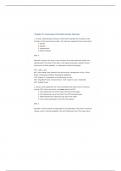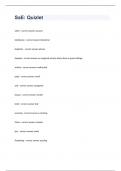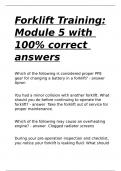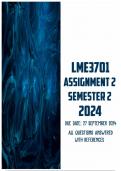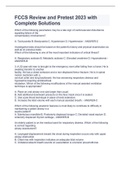Exam (elaborations)
NURS 1112 Chapter 21 Multiple choice questions and answers
- Course
- NURS 1112
- Institution
- Albany State University
Ch. 21 ; Assessment of cardiovascular function multiple choice questions and answers for Nurs 1112. *Essential Study Material!!
[Show more]
